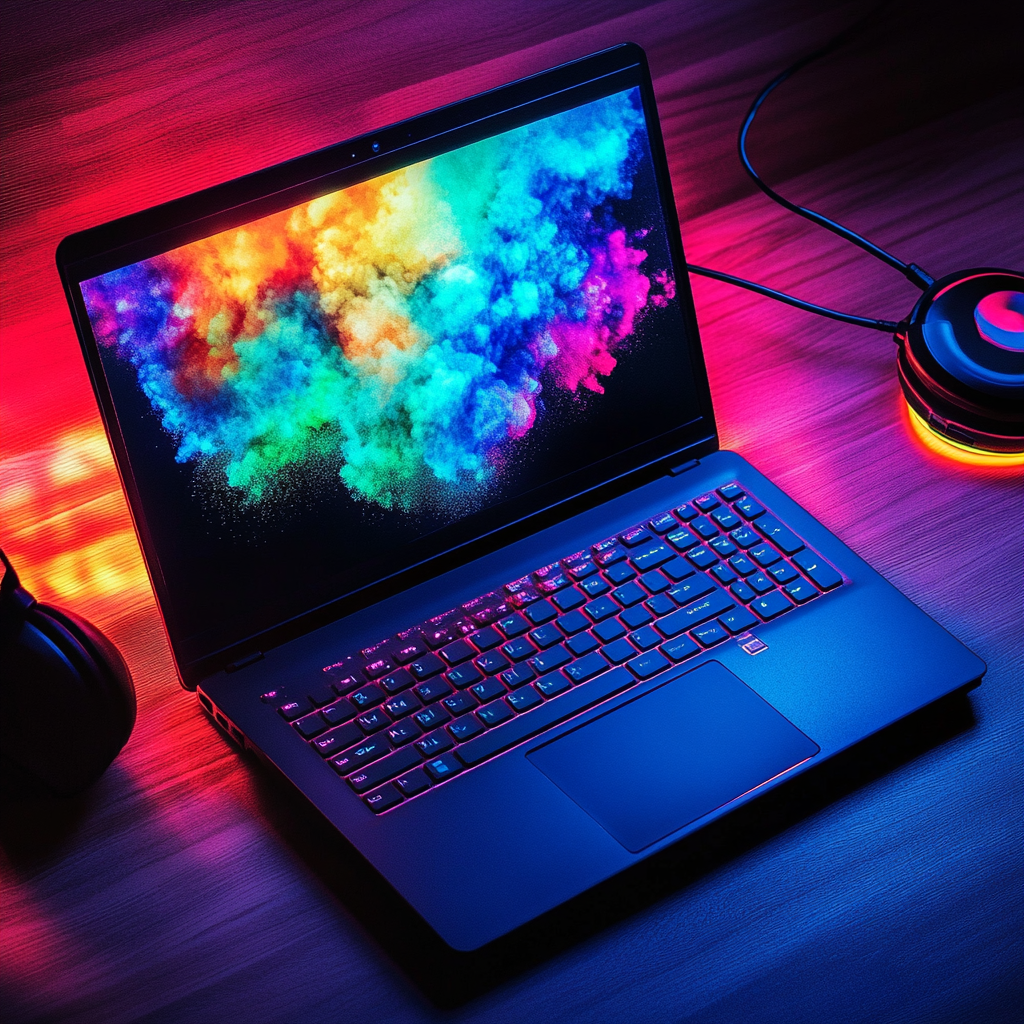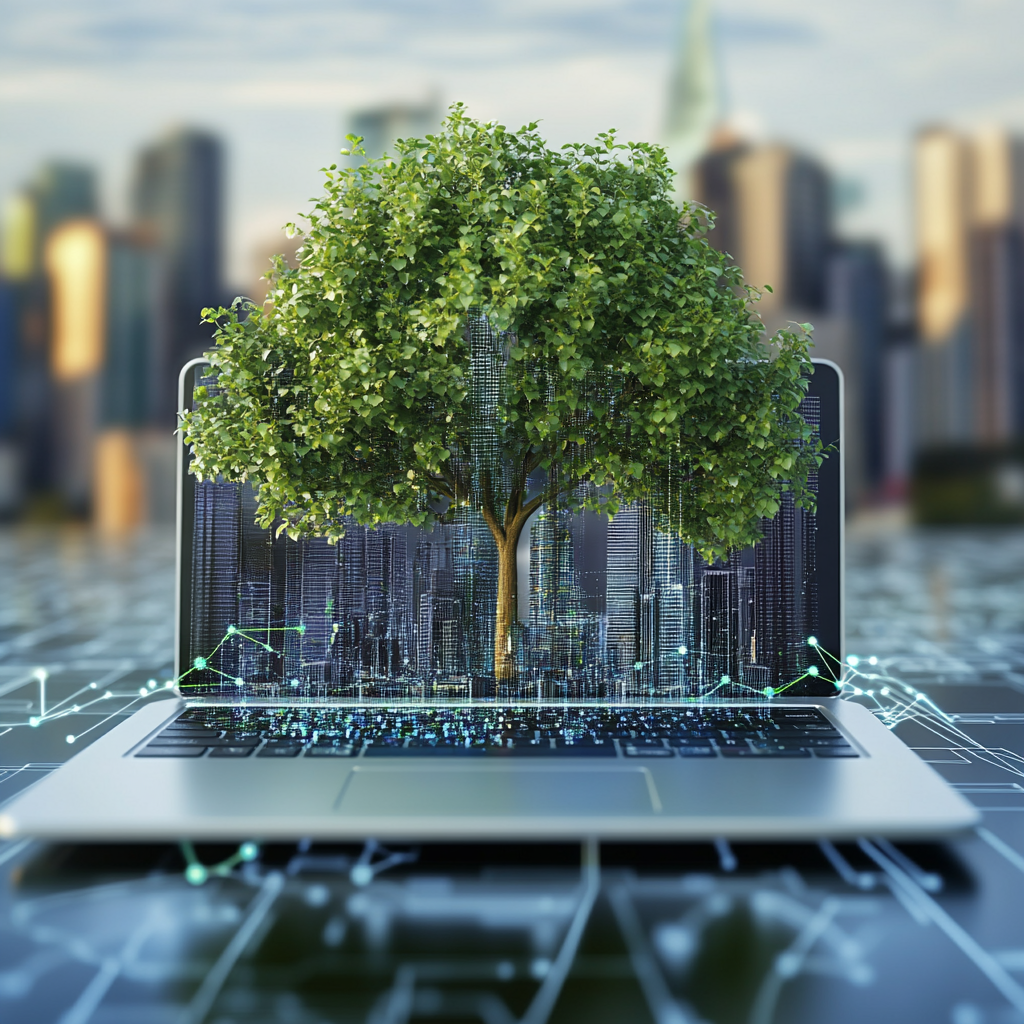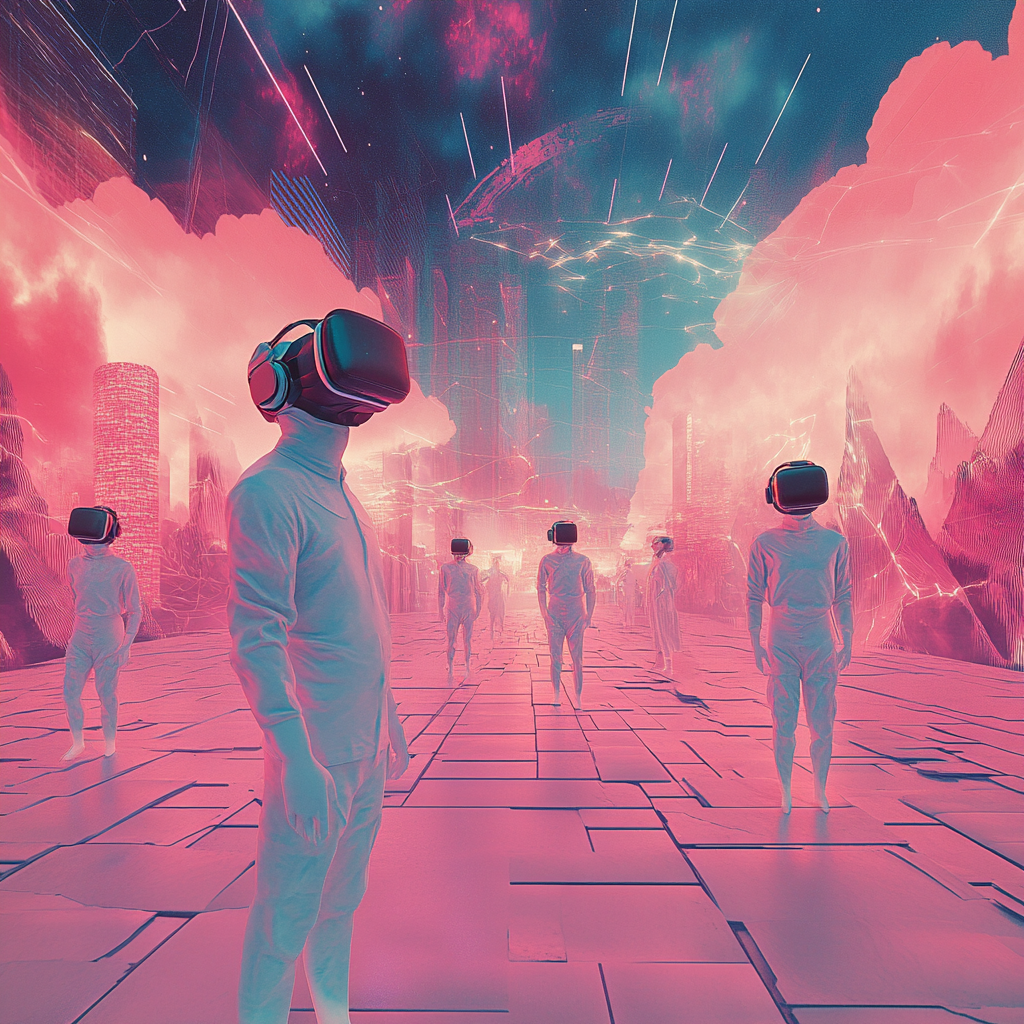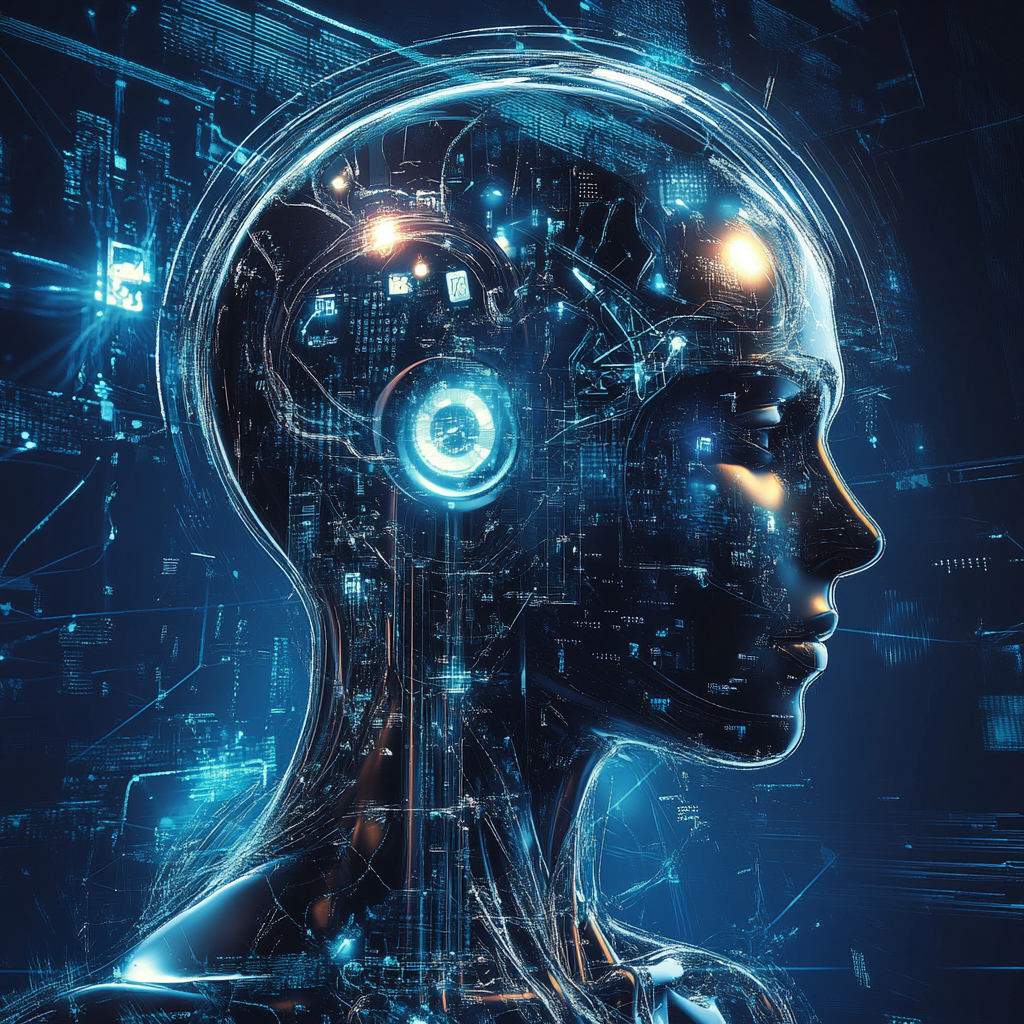The personal computer has become an integral part of everyday life — we use it for work, entertainment, education, and communication. However, the path to modern laptops, ultrabooks, and system units with RGB backlighting was long and full of interesting twists. In this article, we will go through the main stages of PC development: from the simplest circuits to multi-core processors and artificial intelligence.
I. First Steps: Altair 8800 and the Idea of a “Computer for Everyone”
Personal computers did not appear overnight. Before them, there were huge machines the size of a room, available only to universities, the military, and large corporations. Everything changed in 1975, when MITS released the Altair 8800. Despite the fact that it had neither a screen nor a keyboard, it caused a storm of interest among enthusiasts. It had to be programmed using switches on the front panel, and the output was indicated by blinking LEDs.
However, it was this simple computer that inspired young engineers, including Steve Wozniak and Steve Jobs, to create the Apple I in 1976, and then the Apple II, one of the first commercially successful home computers with color graphics and a keyboard.
II. The IBM and MS-DOS Era: Standards and Mass Availability
1981 was marked by an important event: IBM, a giant in the field of computing, released the IBM PC. It became so popular that it gave the name to an entire category of computers – “IBM compatible”. Along with it, MS-DOS, developed by the then young Microsoft, appeared. This alliance predetermined the development of the industry for decades.
Companies such as Compaq began to produce clones of the IBM PC, making computers even more affordable. The real revolution began when these machines began to penetrate homes: parents bought computers “for study”, and children launched games and the first graphical interfaces on them.
III. 1990s: Windows, Multimedia, and the Internet
In 1995, Windows 95 was released, which became a true symbol of the era. For the first time, users received a convenient graphical interface, the Start menu, windows, and Plug & Play support. CD-ROMs began to be actively used on computers, and the machines themselves became home multimedia centers: music, movies, photos.
In addition, this decade brought the Internet to homes. Modem howl, Netscape Navigator, ICQ, AOL – all this became part of the new digital culture. The PC is no longer just a machine for computing – it is a window to the world.
IV. 2000s: portability, performance, and wireless technologies
Computers became more compact, and laptops became widespread. Wi-Fi, USB devices, flash drives, and the first SSD drives appeared, which significantly accelerated the boot of systems.
Manufacturers began to pay attention to design, and in 2008, the MacBook Air appeared, setting a trend for thin and light laptops. During this same period, PCs began to play an important role in content creation: photos, videos, blogging, editing – all of this became available not only to professionals.






Leave a Reply